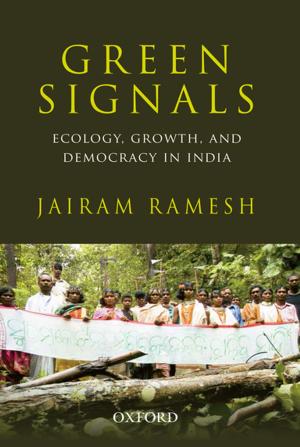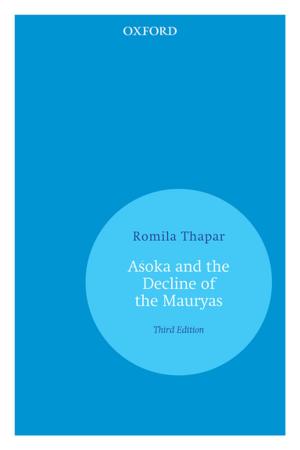Forests and Ecological History of Assam, 1826–2000
Nonfiction, History, Asian, India, Science & Nature, Science| Author: | Arupjyoti Saikia | ISBN: | 9780199088812 |
| Publisher: | OUP India | Publication: | February 7, 2011 |
| Imprint: | OUP India | Language: | English |
| Author: | Arupjyoti Saikia |
| ISBN: | 9780199088812 |
| Publisher: | OUP India |
| Publication: | February 7, 2011 |
| Imprint: | OUP India |
| Language: | English |
This book presents a comprehensive account of the transformation of Assam's forests and ecology from early nineteenth century to the end of the twentieth century. It locates present-day ecological conflicts in the colonial era when contest over forest, land, and resource began to take new shape. Arupjyoti Saikia delineates how forest resources in Assam were mapped and intergrated with mechant capitalism since the early nineteenth century. He shows how imperial forestry practices led to changes in traditional resource utilization patterns. The book also examines the political economy of conservation practices. It explores the question of law and conservation, role of institutions and organizations, and the changing role of the forests in imperial economy. The book argues how the making of forest policy in the postcolonial period was defind by the complexities of the political matrix. It discusses plantation, silvicultural practices, protection and regeneration of forests, and livlihood practices. The author also analyses public debates surrounding ecology and environmental changes in conservation practices after the 1980 Act.
This book presents a comprehensive account of the transformation of Assam's forests and ecology from early nineteenth century to the end of the twentieth century. It locates present-day ecological conflicts in the colonial era when contest over forest, land, and resource began to take new shape. Arupjyoti Saikia delineates how forest resources in Assam were mapped and intergrated with mechant capitalism since the early nineteenth century. He shows how imperial forestry practices led to changes in traditional resource utilization patterns. The book also examines the political economy of conservation practices. It explores the question of law and conservation, role of institutions and organizations, and the changing role of the forests in imperial economy. The book argues how the making of forest policy in the postcolonial period was defind by the complexities of the political matrix. It discusses plantation, silvicultural practices, protection and regeneration of forests, and livlihood practices. The author also analyses public debates surrounding ecology and environmental changes in conservation practices after the 1980 Act.















